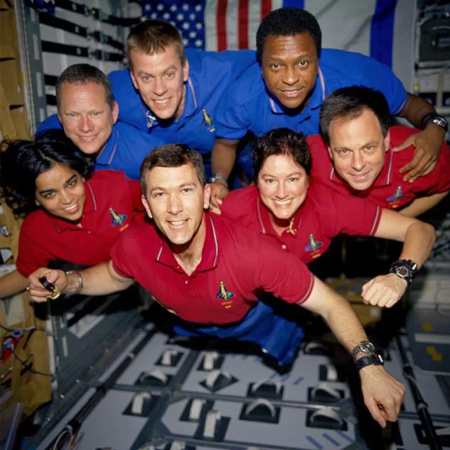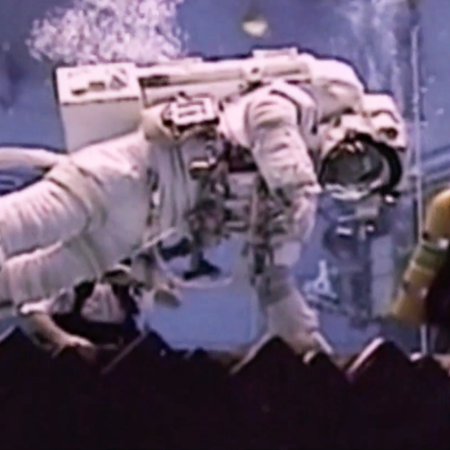Earth Without the Moon
Orbiting a quarter-million miles away, the Moon holds the Earth fixed on its axis which enables a steady climate system. From well before the beginning of mankind, the Moon remains a vital part of Earth’s life cycle. With regular and predictable seasons, plants and animals have been able to evolve and thrive on Earth. So what would happen to the Earth without its longtime astral companion circling vigilantly overhead?
EARTH WITHOUT THE MOON reveals the startling fact that the Moon is receding from Earth and is gaining speed each year. Its stabilizing force on Earth has existed over the last 4.5billion years, but when it recedes just 10% further from Earth, the Earth will tip up to 90 degrees on its axis.
Such a radical shift will create endless catastrophes: Extreme temperature swings will push oceans to the poles and ice to the equator; massive dust storms and hurricanes will last hundreds of years; rising sea levels will submerge cities like New York and Rio de Janeiro. Without our Moon, life as we know it will perish from the Earth.






